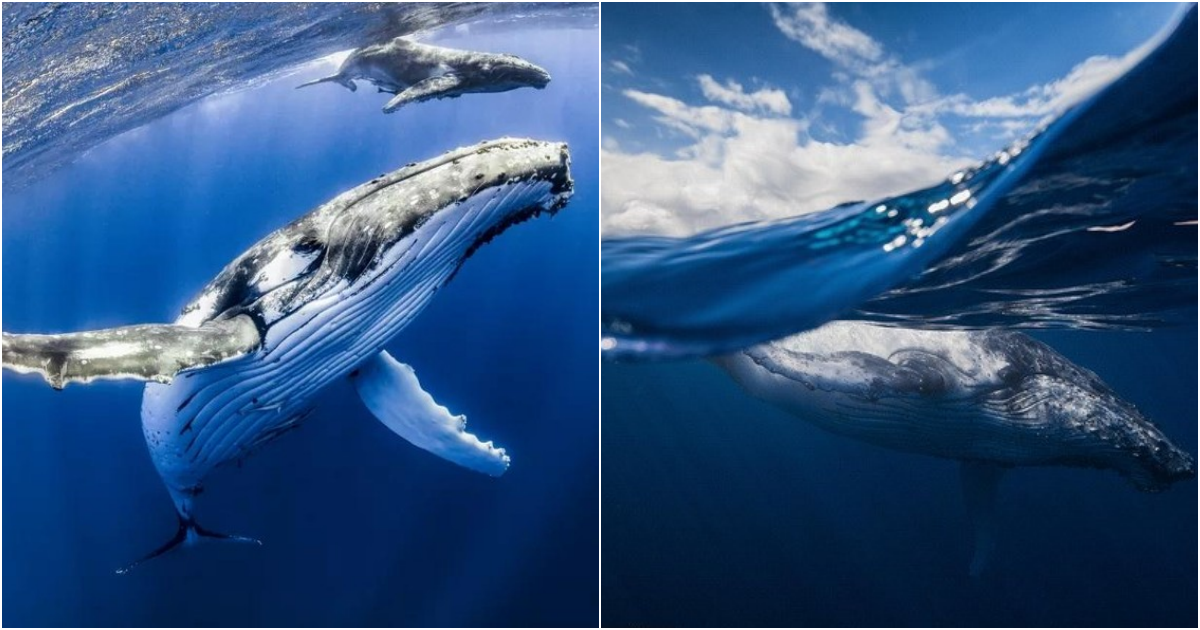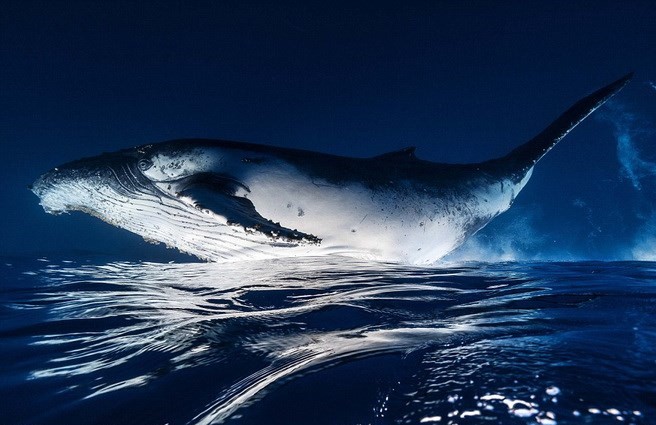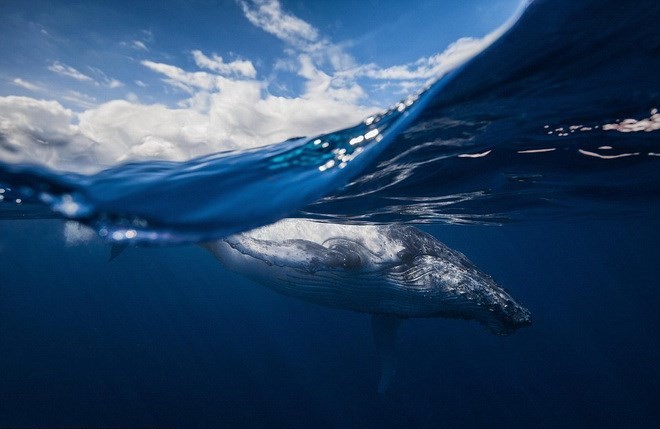Humpback Whales: Majestic Giants of the Ocean Revealed!

Humpback whales, scientifically known as Megaptera novaeangliae, are fascinating creatures that inhabit oceans worldwide. Their name originates from their distinctive hump-shaped back and their enormous pectoral fins, which resemble wings. Initially encountered off the coast of New England, these whales have become iconic symbols of the marine world.

One of the most captivating features of humpback whales is their enchanting songs. These melodic compositions consist of moans, howls, cries, and various other sounds that can travel over vast distances through the ocean. While scientists continue to decipher the meaning behind these complex songs, it is believed that humpbacks use them for communication and attracting potential mates. Interestingly, humpback calves even engage in “whispering” to communicate with their mothers.
In terms of behavior, humpback whales typically inhabit coastal areas and feed on krill, plankton, and small fish. They exhibit a remarkable annual migration, traveling from their summer feeding grounds near the poles to warmer breeding waters closer to the Equator. During this migration, mothers and their young swim closely together, often touching with their flippers in what appears to be gestures of affection. Mothers nurse their calves for nearly a year, while humpback whales don’t reach full adulthood until they are around ten years old.
Humpbacks are known for their powerful swimming abilities, propelled by their massive tail fins, or flukes. They can often be seen breaching the water’s surface, leaping into the air and creating a tremendous splash upon reentry. While scientists are unsure of the exact purpose of this behavior, it may serve to clean pests from the whale’s skin or simply be a form of enjoyment. Whale watchers particularly enjoy observing humpbacks as they slap the water with their flukes and pectoral fins, rise nose-first out of the water (spyhopping), or perform penduncle throws, a unique behavior where they raise their rear torso and tail out of the water, twist, and forcefully slam it back down.
Conservation efforts have played a crucial role in the recovery of humpback whale populations since the commercial whaling ban in 1985. However, these magnificent creatures still face threats such as ship collisions and entanglement in fishing gear. It is essential to continue protecting humpback whales and their habitats to ensure their long-term survival in our oceans.







